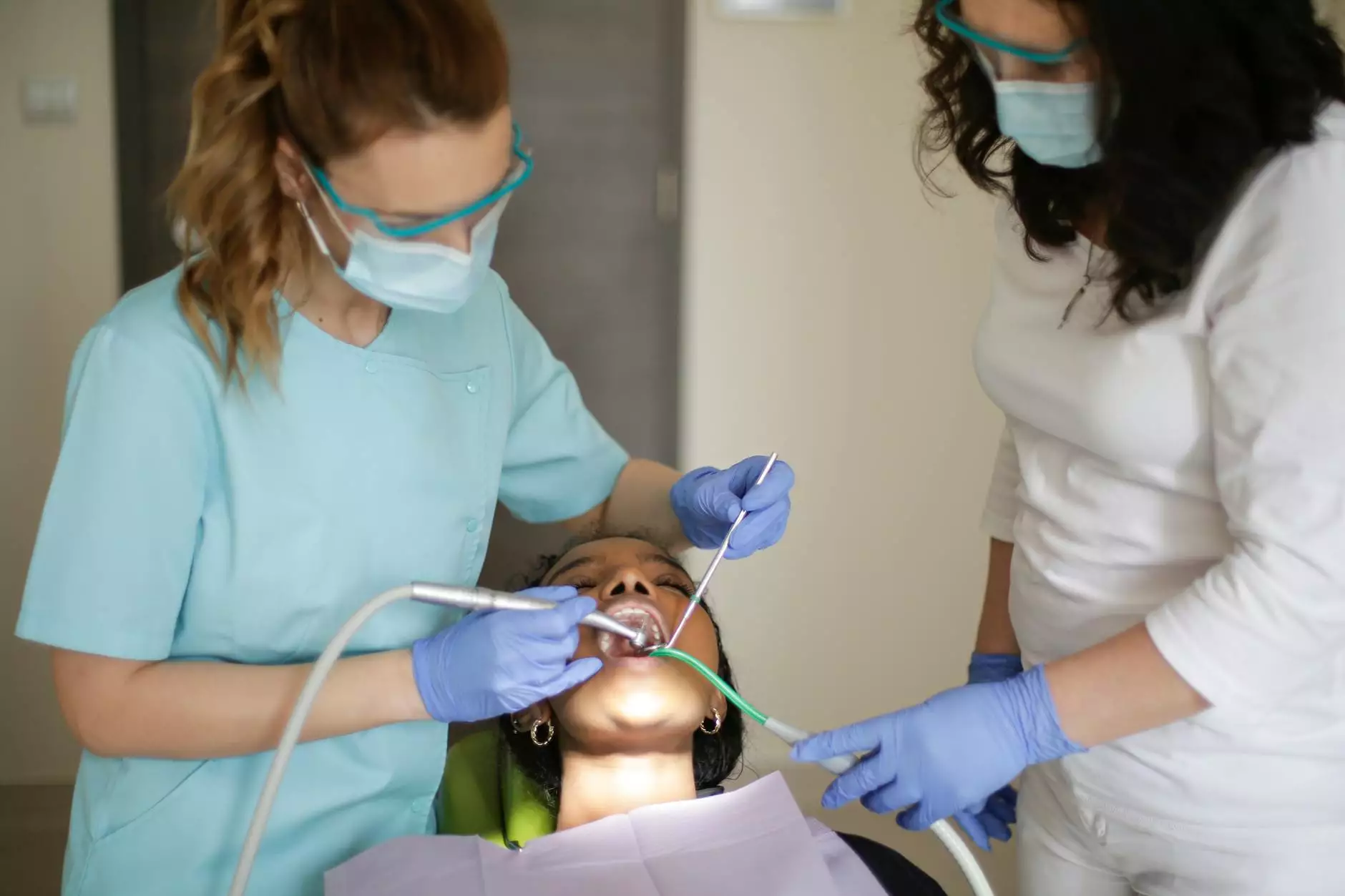Understanding Shoulder Bursitis Symptoms and Treatment

Shoulder bursitis, a common ailment, affects many individuals due to its association with daily activities and athletic endeavors. The understanding of shoulder bursitis symptoms is crucial for timely diagnosis and effective treatment. This article aims to provide a thorough examination of these symptoms, the underlying causes, available treatment options, and preventive measures.
What is Shoulder Bursitis?
Shoulder bursitis is an inflammation of the bursa located in the shoulder joint. The bursa is a small, fluid-filled sac that acts as a cushion between bones and surrounding soft tissues, reducing friction during movement. When this bursa becomes inflamed, it can lead to significant discomfort and restricted mobility.
Common Symptoms of Shoulder Bursitis
Recognizing the shoulder bursitis symptoms early can lead to more effective treatment. Common manifestations include:
- Shoulder Pain: The most prevalent symptom, usually felt on the outer side of the shoulder. Pain may worsen with movement.
- Stiffness: Limited range of motion in the shoulder is often experienced, making everyday tasks difficult.
- Swelling: Inflammation may cause noticeable swelling over the affected area.
- Warmth and Redness: The skin over the inflamed bursa may feel warm and appear reddish.
- Difficulty Sleeping: Discomfort during sleep commonly leads to insomnia, particularly when lying on the affected shoulder.
- Radiating Pain: Pain may travel to the upper arm or neck, complicating the diagnosis.
Causes of Shoulder Bursitis
Understanding the root causes of shoulder bursitis is essential for prevention and management. The condition can arise from:
- Repetitive Motion: Activities that involve repetitive shoulder movements, such as swimming, painting, or playing certain sports.
- Injury or Trauma: Direct injury to the shoulder can lead to bursitis, even if it occurs long after the initial injury.
- Age-Related Changes: As individuals age, the bursa may thicken, leading to increased susceptibility to injury.
- Other Health Conditions: Conditions like rheumatoid arthritis or gout can predispose individuals to bursitis.
How is Shoulder Bursitis Diagnosed?
A thorough diagnosis is critical for effective treatment. Healthcare providers may utilize the following methods to diagnose shoulder bursitis:
- Physical Examination: A doctor will assess the shoulder for tenderness, swelling, and range of motion.
- Medical History: A comprehensive review of symptoms and any previous shoulder issues will be conducted.
- Imaging Tests: X-rays or MRIs may be used to rule out other shoulder conditions and to evaluate the extent of inflammation.
Treatment Options for Shoulder Bursitis
Once diagnosed, several treatment methods can help alleviate the symptoms of shoulder bursitis. Generally, treatment options include:
Conservative Management
Rest: Ceasing activities that exacerbate the condition is pivotal to allow healing. Implementing rest for at least several days can lead to considerable improvements.
Ice Therapy: Applying ice packs to the inflamed area can reduce swelling and relieve pain. It is advisable to ice the shoulder for 20-30 minutes at a time, several times a day.
Medications: Over-the-counter anti-inflammatory medications, such as ibuprofen or naproxen, can be effective in reducing pain and inflammation.
Physical Therapy
Visiting a physical therapist can provide tailored exercises and stretches aimed at restoring strength and mobility. A physical therapy program may include:
- Stretching Exercises: To improve flexibility and range of motion in the shoulder.
- Strength Training: Targeted exercises to strengthen the shoulder muscles and prevent future injuries.
- Manual Therapy: Techniques that improve mobility and relieve pain.
Invasive Treatments
For persistent cases that do not respond to conservative treatments, other options may include:
- Corticosteroid Injections: Injecting steroids into the bursa can significantly reduce inflammation and pain.
- Surgery: In rare cases, surgical intervention may be necessary to remove the bursa if conservative treatments fail.
Preventing Shoulder Bursitis
Preventive measures are critical to avoid the occurrence of shoulder bursitis. Consider the following strategies:
- Warm-Up: Proper warm-up routines prior to physical activities can prepare the shoulder for exertion.
- Avoid Repetitive Motion: Instead of repetitive overhead movements, mix up activities to reduce strain on the shoulder.
- Strengthening Exercises: Regularly incorporating shoulder-strengthening exercises can increase muscle support around the joint.
- Ergonomic Adjustments: Ensure workspaces and leisure activities maintain optimal posture to minimize strain.
Conclusion
Understanding shoulder bursitis symptoms is key to ensuring timely treatment and recovery. Whether you're an athlete or someone engaging in daily activities, being aware of the signs and seeking medical advice can prevent long-term discomfort and improve quality of life. By employing conservative management strategies, seeking physical therapy, and taking proactive preventive measures, you can effectively manage shoulder bursitis and maintain an active lifestyle. If you suspect you have shoulder bursitis, contact Hello Physio at hellophysio.sg for a personalized treatment plan that fits your needs.









